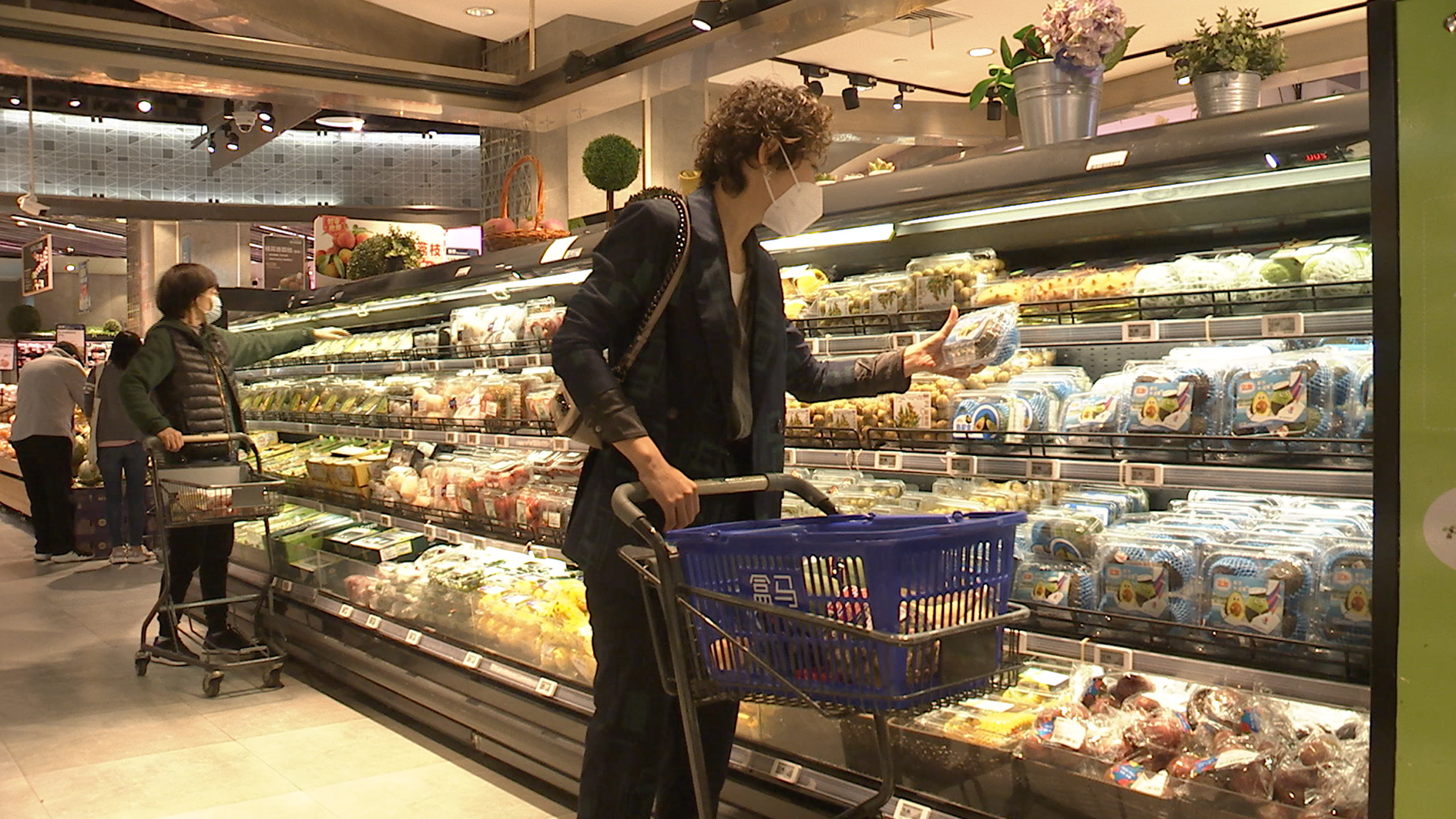
Editor's note: COVID-19: Economic Analysis is a series of articles comprising experts' views on developing micro and macroeconomic situations around the globe amid the COVID-19 pandemic.
The COVID-19 pandemic has stormed the global economy in an unprecedented scale, triggering business closure, transportation network suspension, and the disruption of the global manufacturing industry, prompting speculation of a massive supply chain restructuring.
Chen Fengying, former head of the World Economy Institute at the China Institute of Contemporary International Relations, gave a definite "no" when asked if the epidemic would cause multinationals to shift production out of China, but she expected supply chains to be shorten, and production to be allocated nearer to where consumption takes place.
Multinationals traditionally consider factors like cost, quality, and delivery when locating supply chains, but automation and consumption have become ever more important metrics.
"What is going to be consumed in China will be produced locally as well," Chen said.
"Industrial chains of the automotive and semiconductor industries are among the hardest hit by the coronavirus outbreak," Chen told CGTN.
Being an industrial heavy weight, the city of Wuhan has integrated industrial supply chains with countries like South Korea and Japan. Becoming an epicenter of the virus in January, the city went into lockdown to contain the virus from further spreading, which subsequently triggered Hyundai to suspend production in its auto plants in South Korea for shortages of Chinese parts.
The semiconductor sector was also hit as containment measures were introduced across the country which put a pause on sourcing, producing, and distribution.
China has restored production since mid-February as the country is ahead of the world in recovering from COVID-19, and Wuhan ended lockdown in early April.
02:46

To help enterprises weather the storm in this troubled time, supportive measure were taken, including issuing loans and cutting tax and rents. Since migrant workers have been staying in their hometowns during the Spring Festival holiday before the coronavirus broke out, local governments even helped to arranged special charter buses to help them return back to production lines. Sourcing materials was also carried out with assistance from local governments.
Export took a hit
China's exports took a hit from the pandemic, falling 11.4 percent in the first quarter. Chen noted that some export orders are cancelled at the present, but believes that they will come back as shifting to other countries will not be easy.
"China is relatively safe for manufactures. The country has demonstrated its management capabilities in the resumption of work, which at the same time further validates its manufacturing advantages over other emerging markets," Chen commented.
Being the only country in the world that has all the industrial categories listed in the United Nations Industrial Classification, China has complete industry categories, sound infrastructure, as well as holding aggregation advantage in upstream, midstream and downstream industries.

A worker assembles a machine in a workshop in Xingtai, north China's Hebei Province, February 19, 2020. /Xinhua
A worker assembles a machine in a workshop in Xingtai, north China's Hebei Province, February 19, 2020. /Xinhua
"It will take time to restore order, but we have to be prepared. China resumed production earlier than other countries. When other countries need to resume production, they will have considerable import needs," said Chen.
Tech and economy decoupling slow
The technology decoupling brought up by the U.S. has made its companies bare huge cost, said Chen. Being the world's largest chip import market, the Chinese mainland has built strong ties with U.S. chip suppliers. However, trade frictions between China and the U.S. have generated significant headwinds for U.S. semiconductor companies, according to a Boston Consulting Group (BCG) in a March report.
Read more: Intel still confident about China's economy, supply chain
The U.S. government, which added the Chinese tech giant Huawei on the Entity List over what it claimed to be "national security concerns" last May to ban U.S. companies from working with it, extended a license for a fifth time in March, allowing business continuation until May 15.
"Extending the ban for a fifth time reflects the pain of decoupling. Mired in combating the coronavirus make it need the Chinese market ever more," said Chen. "But China must make preparations for self-reliance in the high-tech sector," she added.
BCG estimated that China's semiconductor self-sufficiency could increase up to 40 percent in five years.
"China's consumption is stronger than that of the U.S., because we have savings. Although the purchasing power may be hurt by the epidemic, but we are still a huge market," said Chen.
China's savings rate has dropped to 45 percent in 2018 from 50 percent from a decade ago, but remains the highest worldwide, World Bank data shows.
03:09

Facing the overall decline of the global demand, the U.S. will need the Chinese market even more, Chen predicted.
Restructure towards mid- to high-end industrial chain
In addition to raising labor costs, low-value-added manufacturers have been shifting away from China. "China has paid strenuous efforts to restructure its economy since the 2008 financial crisis as the country progressively embraces green growth and increases the value-added in the final product," said Chen.
Instead of relying on selling cheap toys and clothes to bolster its economy, domestic demand is playing an increasing role with consumption being the biggest contributor to economic growth for the past six years.
China accounted for more than half of worldwide semiconductor consumption in 2019. The country is the world's largest automobile market, both in terms of demand and supply. Its growing appetite for electrical vehicles has lured Tesla to build a Gigafactory in Shanghai, and prompt the company's boss Elon Musk dancing on stage to celebrate the first delivery out of the factory earlier in January.
Consumer spending boost
The International Monetary Fund predicted in its April report that China's economy will expand 1.2 percent this year. Chen deemed the forecast too grim and unrealistic. As the work resumption has already led to manufacturing activity picking up. She expects the economy to rebound in the following quarters and reach an annual growth of more than three percent.
She stressed that China should work on boosting its domestic consumption as the epidemic subsided. Regional lockdowns and restrictions on travel have squeezed consumer spending. The catering sector is severely hit in the first quarter, falling 44.3 percent in revenues compared with the same period last year as people stopped going out for meals.
Chen said that handing out vouchers is a way to bring forward consumption. Local authorities, companies, and e-commerce platforms in China have already been doing so. Citic Securities predicted in a March report that the local government-led coupons issuing is expected to reach 34.9-billion-yuan. The investment bank estimated that this will boost consumption by 62.9 billion yuan, or 1.8 times the value of the coupons.
Enterprises should actively participate in issuing vouchers, which would help it sell their product, whereas local authorities should assist them in ways of tax and fee cuts, Chen said.
A McKinsey report points out this month that grappling with this unprecedented crisis, companies are expected to mitigate impacts on their supply chains, and take the challenge in building resilience against future shocks.